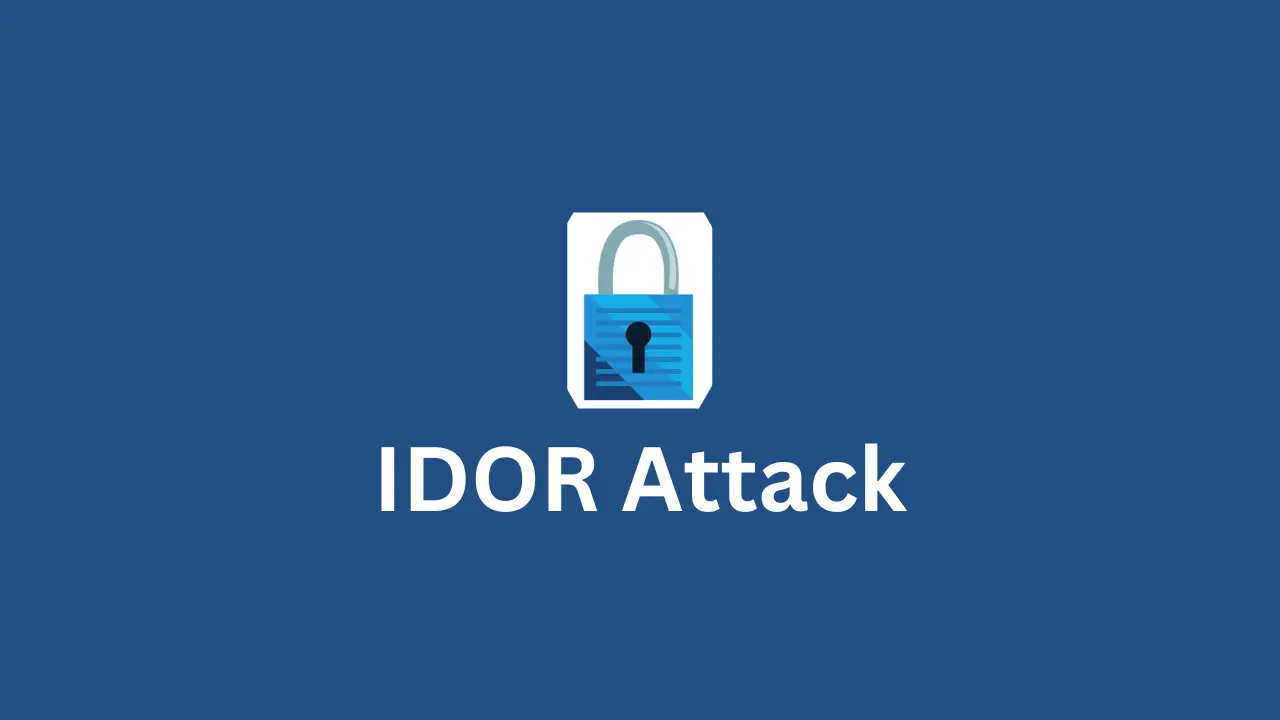
An IDOR (Insecure Direct Object Reference) payload is a type of attack payload used to exploit vulnerabilities in web applications that allow direct access to objects or resources. The payload is designed to manipulate or access data or resources that are intended to be inaccessible to the user.
In an IDOR attack, an attacker can use a crafted payload to bypass authentication and authorization controls to access or manipulate sensitive data. This can occur when a web application relies on client-supplied input to access data or resources without properly validating or sanitizing the input.
A typical IDOR payload involves modifying the value of a parameter or input field to access or manipulate data. For example, an attacker can modify a numeric parameter that represents a user ID to access or modify data associated with another user. Another example is modifying an order ID in an e-commerce application to access or modify orders that belong to other users.
IDOR payloads can vary depending on the specific vulnerability being targeted and the application's technology stack. It is crucial to ensure that all user inputs are validated and sanitized correctly to prevent IDOR attacks.
An example of an IDOR vulnerability is when a web application allows users to view their own private messages by accessing a URL such as: 'https://example.com/messages/view?msg_id=1234'. In this case, an attacker can change the 'msg_id' parameter to a different value, such as '5678', and access someone else's private messages without authorization.
Another example of IDOR vulnerability is when an online shopping website allows users to view their own orders by accessing a URL such as: 'https://example.com/orders/view?order_id=1234'. An attacker can change the 'order_id' parameter to a different value, such as '5678', and view someone else's orders without authorization.
To prevent IDOR attacks, it is important for applications to implement proper input validation and authorization checks to ensure that users can only access resources and data that they are authorized to access. This can include using access control lists (ACLs), role-based access control (RBAC), or other similar mechanisms.




